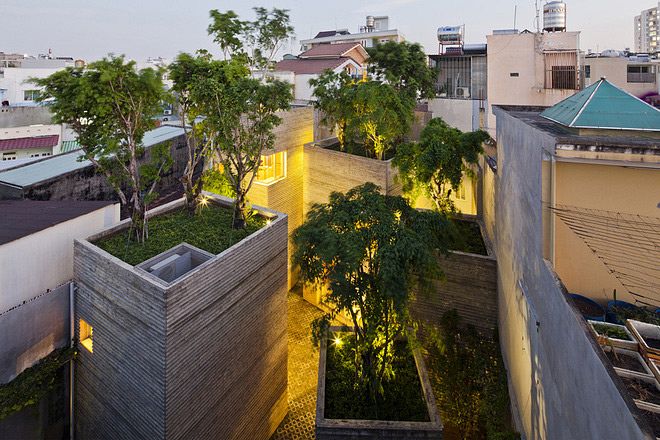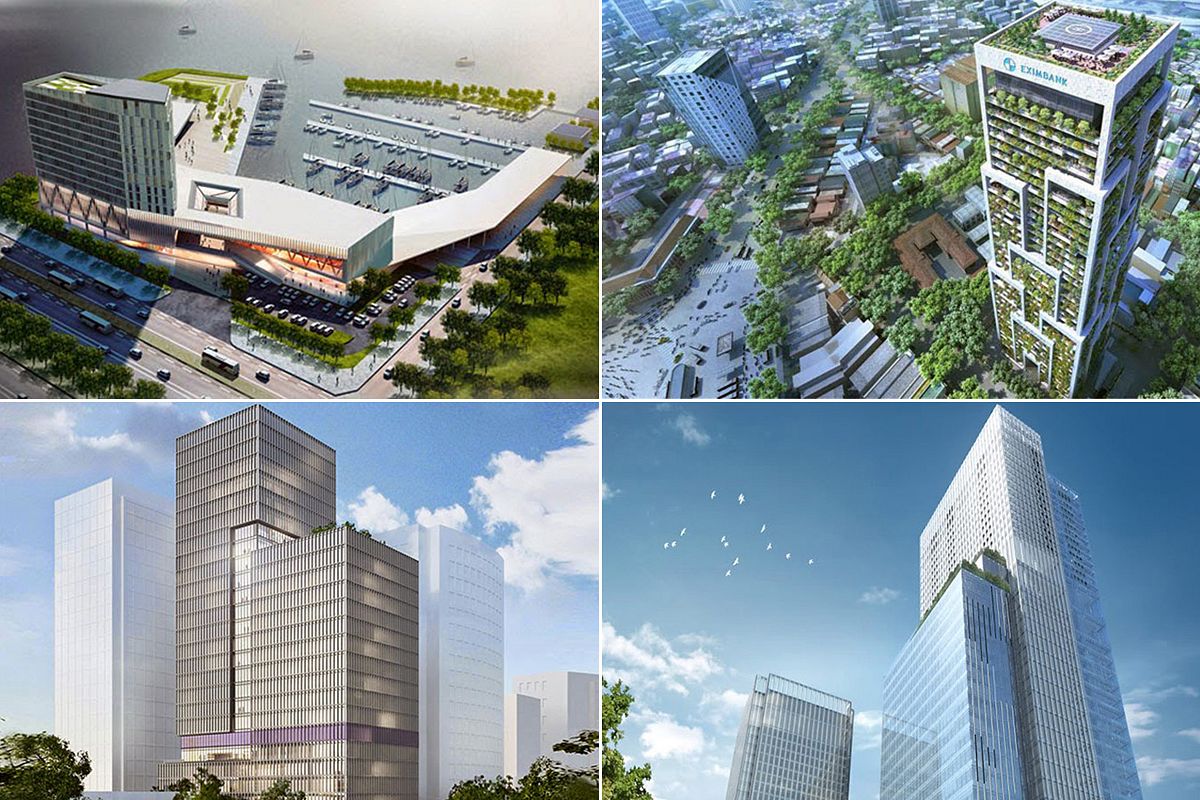The trial run for Hanoi’s inaugural railway has been cancelled by the Chinese building team, which further perpetuates the stereotype of troublesome Chinese construction projects in the country.
Earlier this week, Vietnamese experts said that the project’s completion relies on China releasing the US$250 million promised last year.
Originally, the construction of Hanoi’s first urban railway was scheduled for a 2008 start and a 2013 completion with a budget of roughly US$552 million (US$419 million of which would be on loan from China).
In actuality, the project didn’t break ground until October 10, 2011 with a projected deadline of June 2015. However, according to BizLive, “the EPC contractor, Company Limited China Railway Bureau Group 6 has many times asked for extension of the deadline.”
Almost exactly one year ago, Vietnamese Prime Minister Nguyen Xuan Phuc met with Ma Jianquian of the China Railway Sixth Group, urging him to hasten to project’s completion. DTI reported that Ma Jianquian submitted proposals vowing to finish by December 2016.
VnExpress reported: “Nguyen Ngoc Dong, vice minister of transport, said at a meeting last week that the ministry will ask the Chinese embassy in Hanoi to work with the contractor to avoid further setbacks.”
The 12.5-kilometer line was set to have 12 stations with the eight-kilometer aboveground portion spanning Nhon, Cau Dien, Ho Tung Mau and end at the Hanoi National University. Its 3.5 kilometers of underground tracks span from Kim Ma to Hanoi’s central train station.
This sluggish timeline coupled with a few accidents has really soured the project in the minds of local people. In 2015, controversy sparked over whether the seemingly wavy tracks were safe. Earlier this year, a government inspection team found rust and loose joints.
The railway line is one of many Chinese-backed projects in Vietnam riddled with challenges, quality concerns, and delays. According to Nikkei Asian Review, these include “the US$69 million My Dinh National stadium in Hanoi; the US$360 million steel complex expansion in Thai Nguyen province; the US$264 million iron and steel mill in Lao Cai province; a US$1.4 billion bauxite-alumina project in the central highland; waste-treatment and energy-related projects; and a number of textile factories.”
Most of the time, Chinese contractors are chosen due to low bids and affordable cost of investment arrangements. However, according to economic analyst Pham Chi Lan, despite the cheap initial cost, projects will turn out to be very expensive after several bouts of delays, and with low quality results, too.
In contrast, while Saigon’s railway is also running behind its construction schedule, the Japanese team behind the project has seen no major accidents. This contributes to the common belief that Japan offers more trustworthy technology.
[Photo via SCMP]














